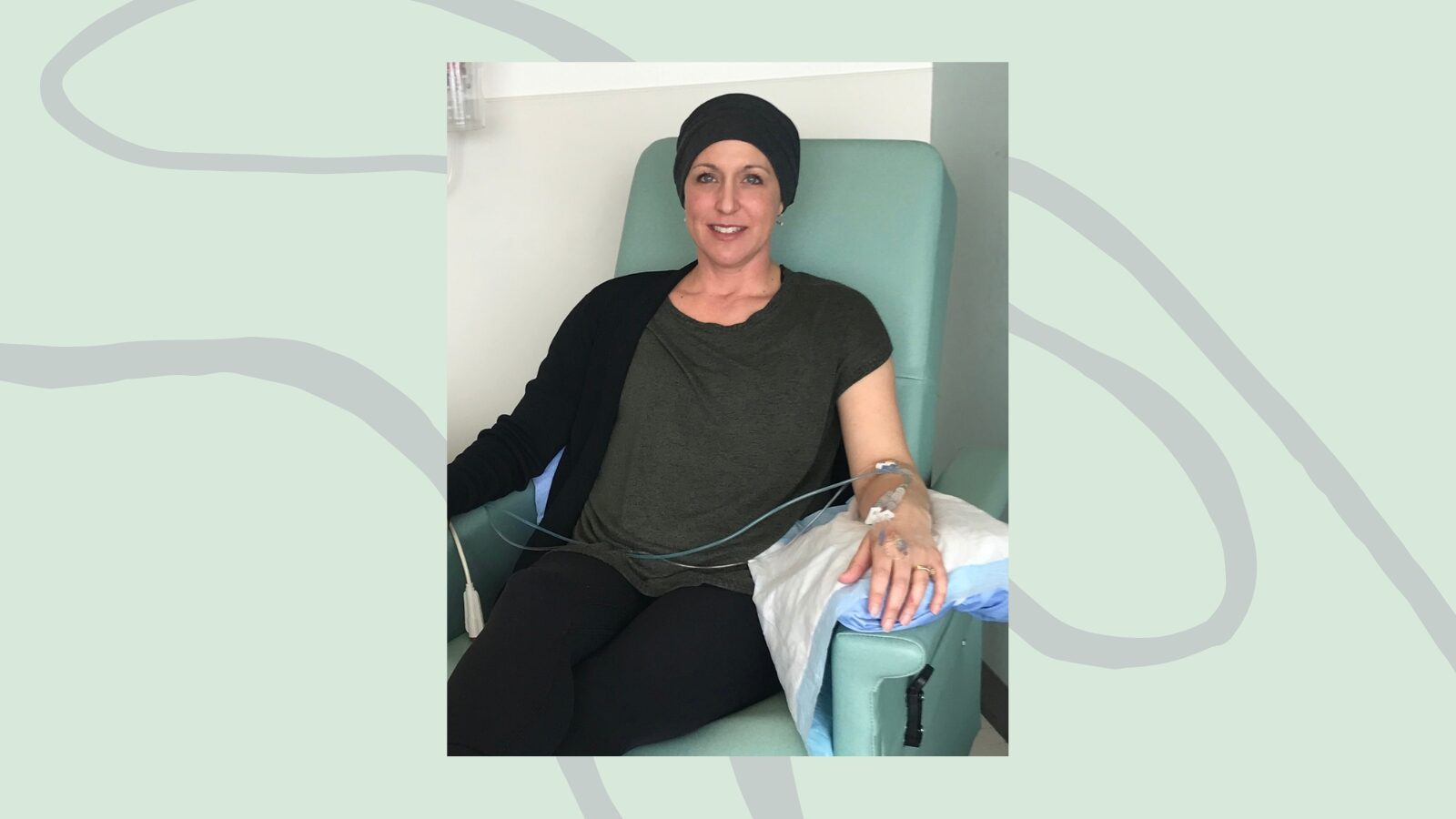Why Being My Authentic Self Includes Embracing My Flat Chest
5 MINS to read

I walked past the bathroom mirror after I got dressed. I had thrown on comfy shorts and a tank top after my shower since we were just driving up to the cabin. My reflection stopped me. I felt heat rising into my face, I felt shame. I looked like a man. My fresh haircut was too short, I hadn’t bothered with makeup since we wouldn’t be stopping along the way, and the tank top I had chosen clearly showed my flat chest and thick menopausal waist. And to me, I looked like a man. I felt angry and embarrassed tears stinging my eyes and when my husband walked into the room, I yelled at him that I hated my body and that I was so embarrassed at how I looked and that it was so unfair that this had happened to me! And a familiar conversation started again.
“Maybe I should have the surgery.” “Maybe I should at least have a revision to smooth things out.” “Every-one else has reconstruction, why don’t I?” I’ve been asking these same questions for nearly 5 years now. Less so these days, but still, sometimes, these same feelings come up and I ask them all again.
During our COVID lockdown I had stopped wearing the breast padding I had used to hide the unevenness left by the double mastectomy I’d had after my stage III Invasive Lobular Carcinoma diagnosis at 39. I had been fitted for and purchased proper breast prothesis soon after my surgery, but they made me feel ridiculous and I never once wore them out of the house. I opted instead, for stretchy bras and custom made (by my husband) breast padding. Because we were always at home during COVID, there was no need to wear the uncomfortable bras and padding. But after I stopped wearing them consistently, I found that wearing them again made me feel inauthentic and fake, like the breast prothesis had. I had painstakingly built up my wardrobe post treatment with tops that worked with the padding and now, without the padding, those same tops did nothing to hide the divots and ridges left by the surgery, and the insecurities sometimes felt fresh again.
I am on a surgical wait list with an excellent plastic surgeon in my area, and I can choose which surgery I want when it’s my turn. From revision (to achieve a proper aesthetic flat closure) to implant or flap reconstruction. But I’m so afraid that the inauthentic feeling I have when wearing the padding will be much worse with surgically recreated breasts, and so permanent. I don’t want to be flat, but I am, and my flatness represents a huge part of my life story, a story that I am proud of. And perhaps that’s why I no longer want to hide it. Being authentic means accepting all of me, including my flat chest. If I am not authentically me, I know that I will never feel fully connected and plugged in to my own life. I will always somehow feel on the outside. I don’t entirely know yet who the authentic me is, it’s a process of discovery each day, and it’s a gut feel. Sometimes I want to fight it, to be someone, something else, but I deeply and instinctively know that my gut knows, and I must listen. If I don’t, I will never be able to be who I am supposed to be, to achieve what I am supposed to achieve or to learn and teach what I am supposed to learn and teach. Authenticity is about true and complete satisfaction, presence and acceptance in my own life. This of course goes so much further than breast reconstruction.
I’m so envious of the women who bravely roll into reconstructive surgery so sure of their decision and ready to face whatever challenges may come, but I know in my gut that when the surgeon calls it won’t be reconstruction I’ll choose. Perhaps a revision. But just as likely I’ll remove myself from her list and continue working to accept and love my body as it is. Once again I’ll get better at dressing the body I have in a way that makes me feel both confidant and authentic. I’ll continue to embrace yoga and movement to help me appreciate all that my body can do, and all that it has overcome. And sometimes I’ll still ask why “I can’t just do the surgery like everyone else” (even though, according to my surgeon, in Canada only about 30% of breast cancer patients reconstruct), but then I’ll remind myself that I’m not anyone else, I am authentically, flatly, me. — Carlee